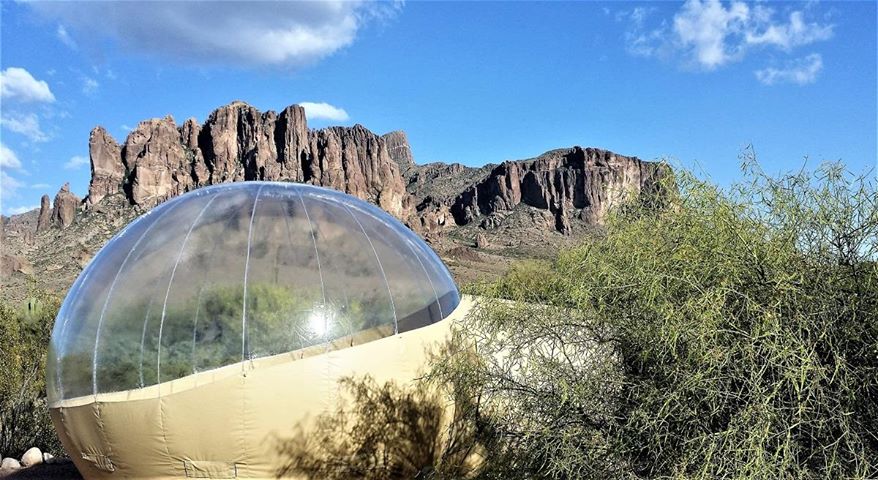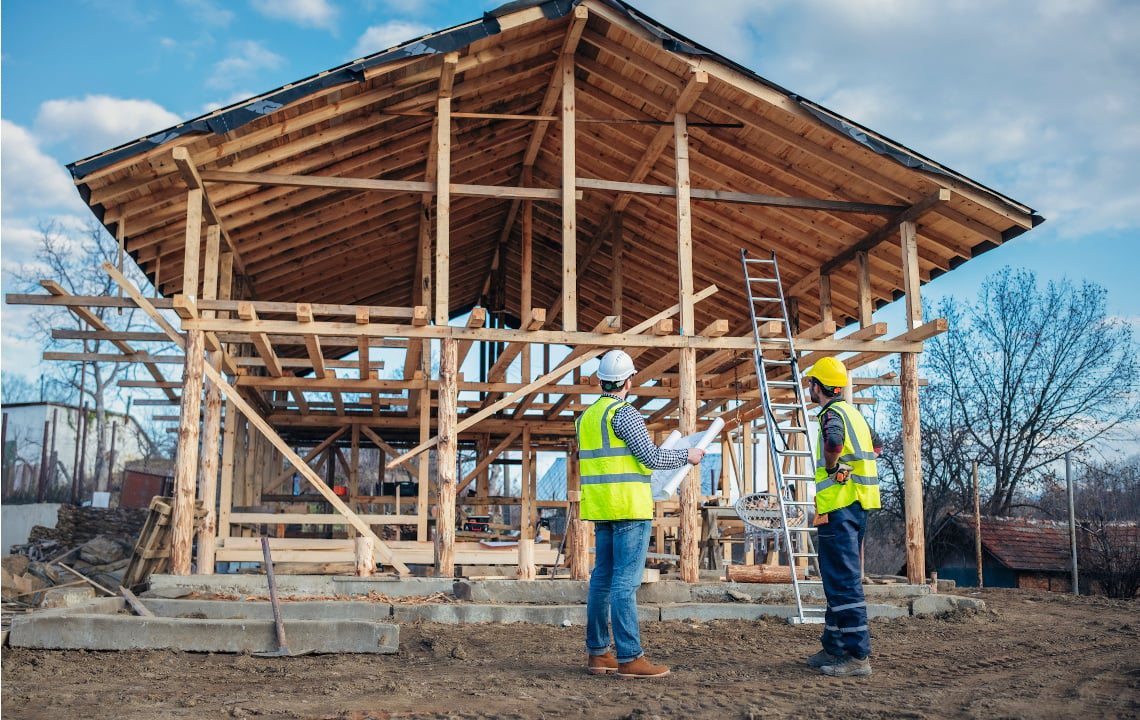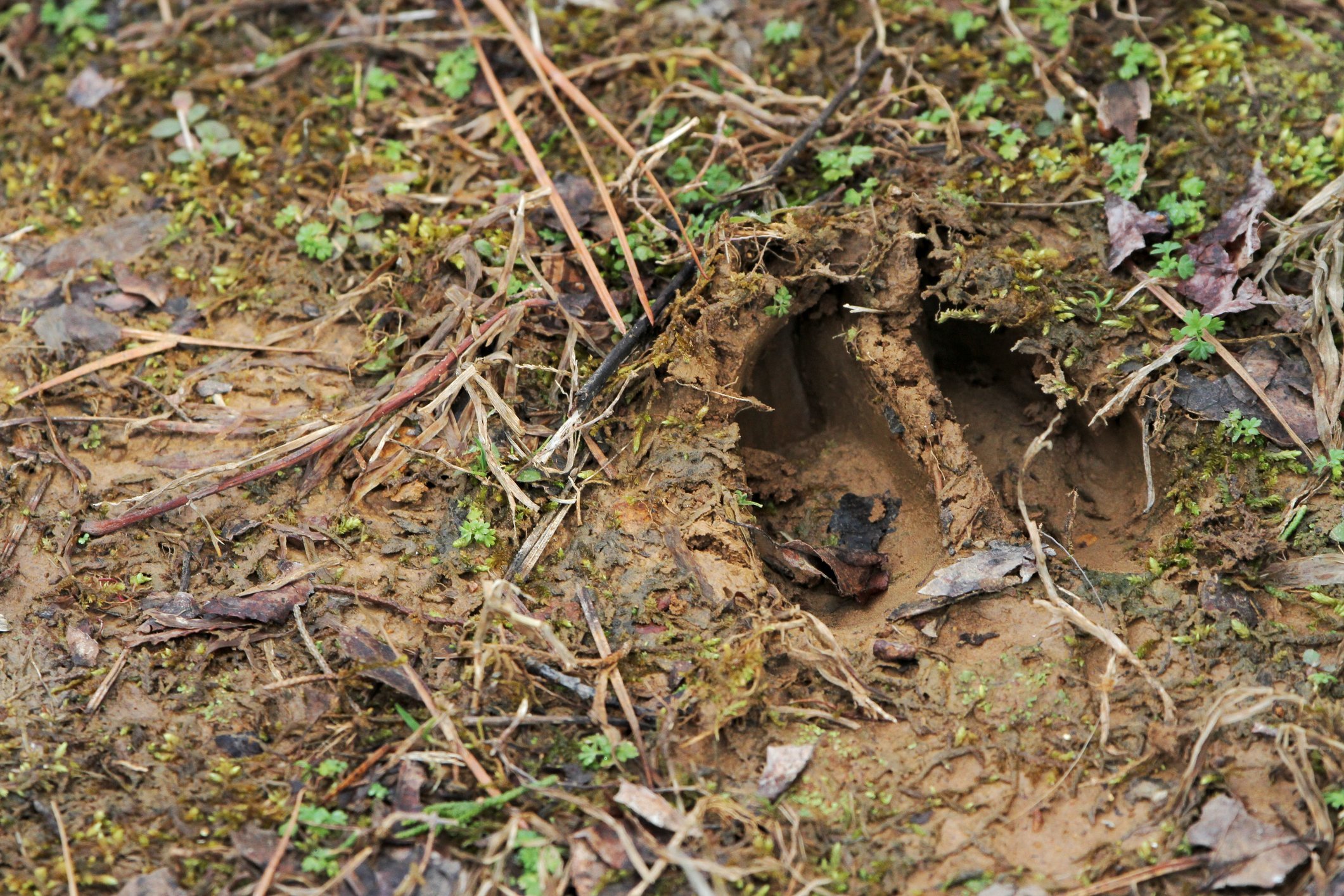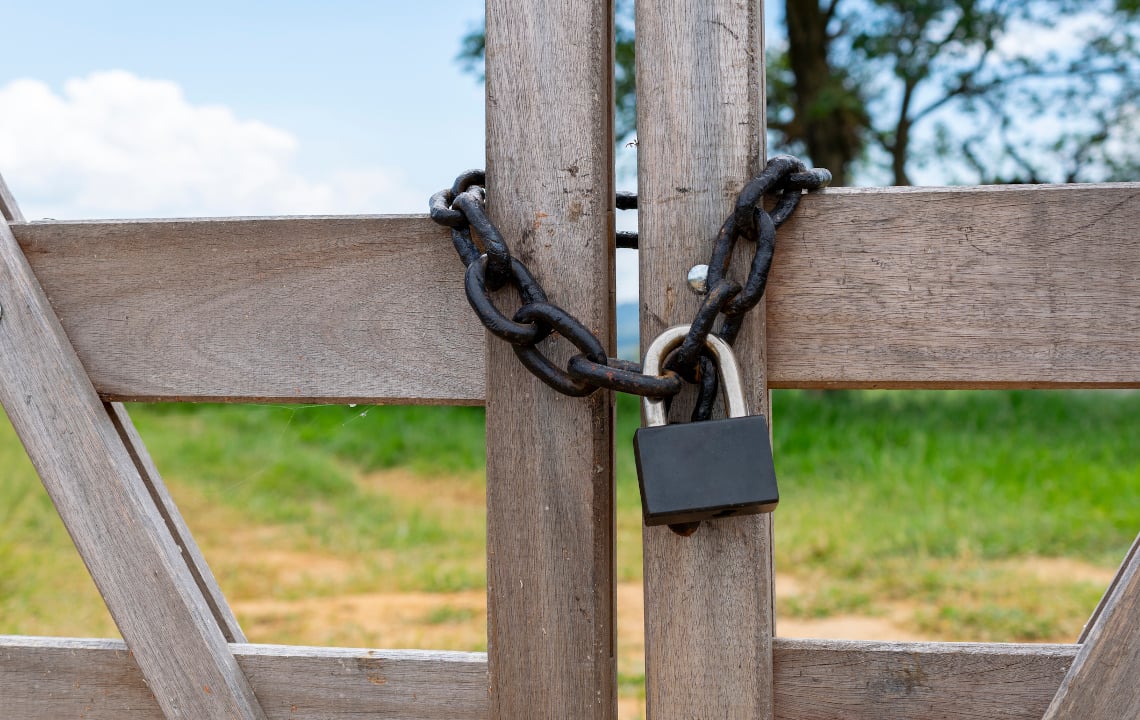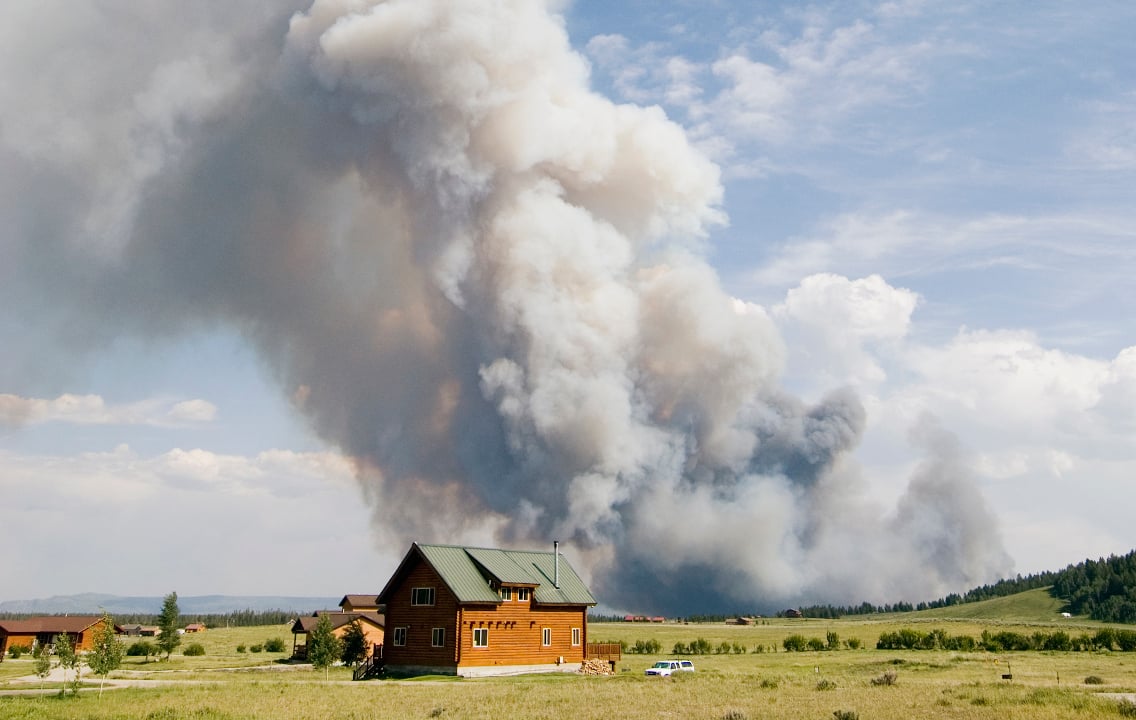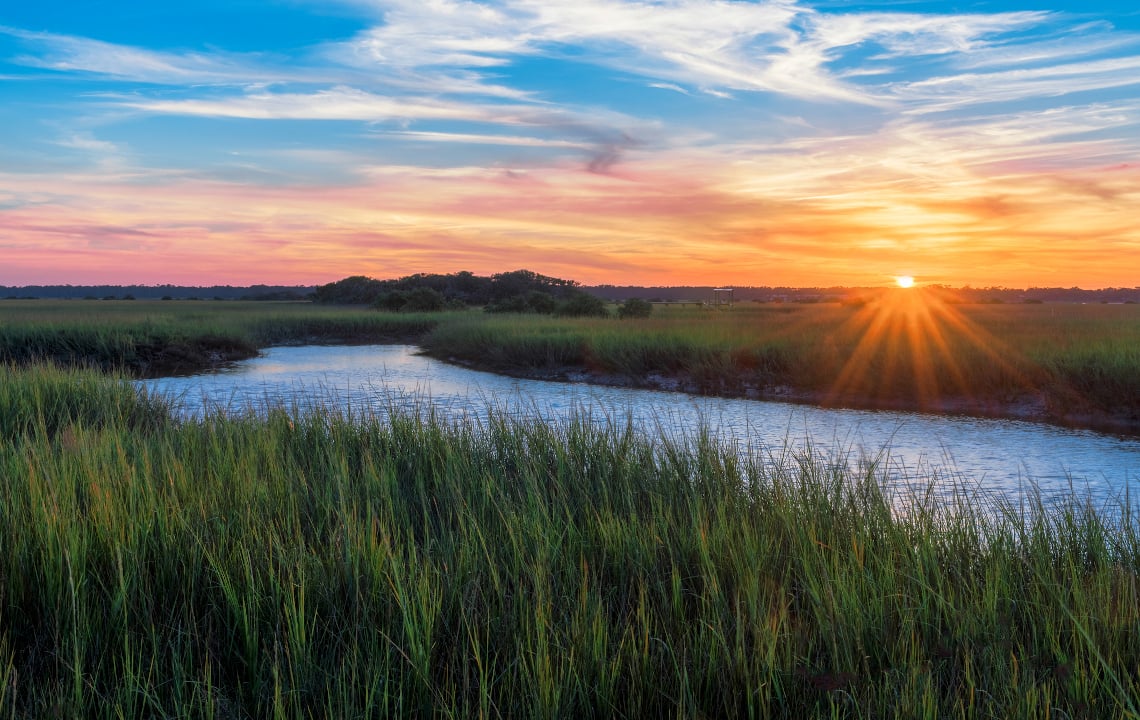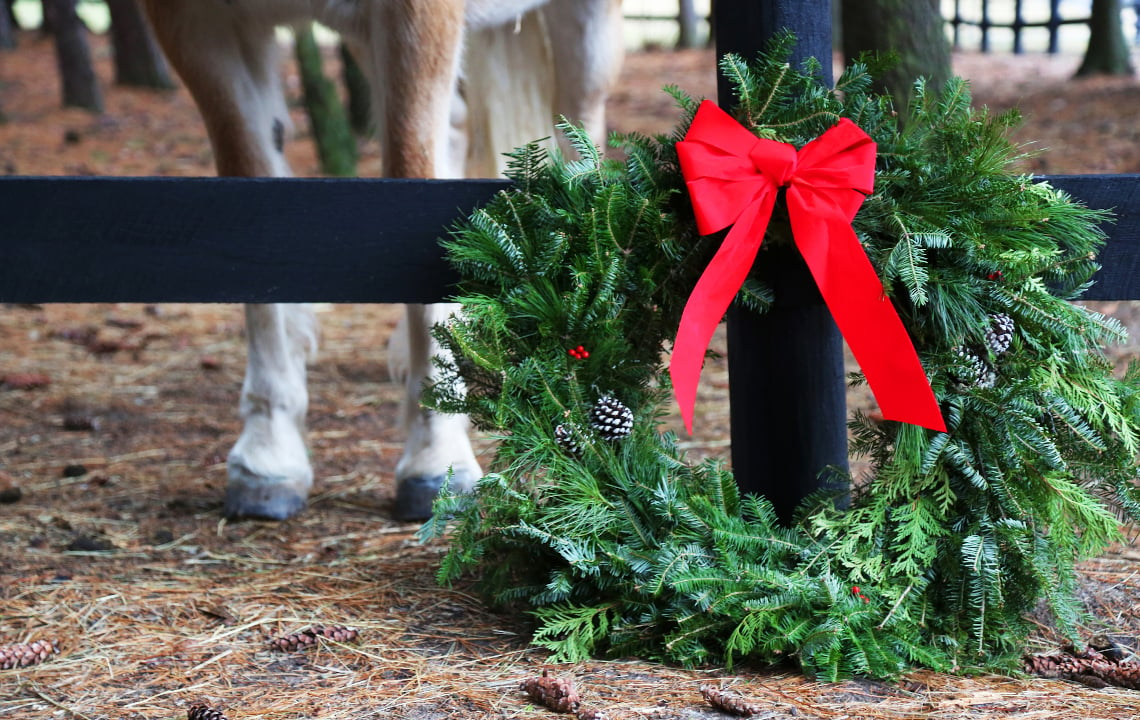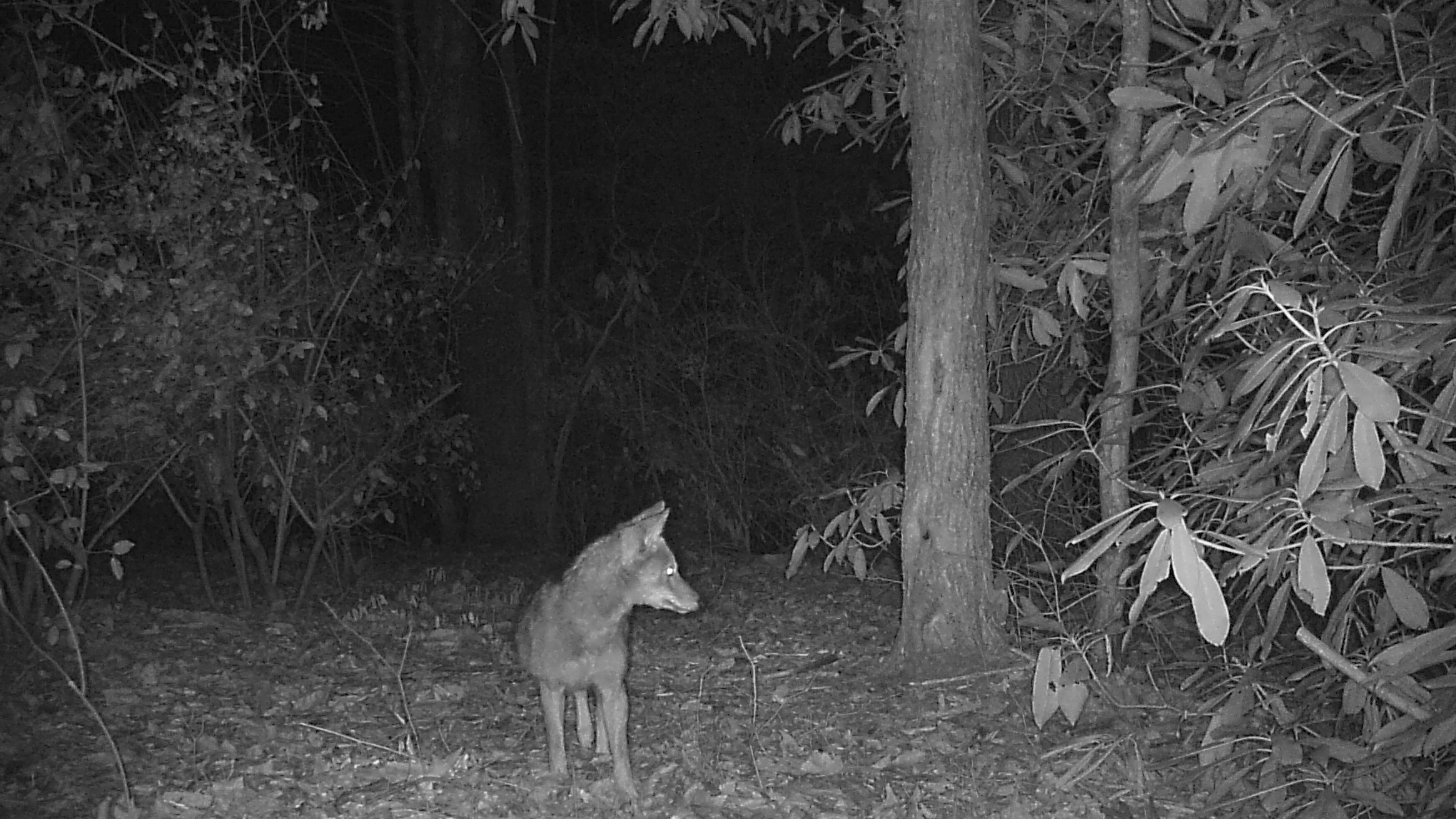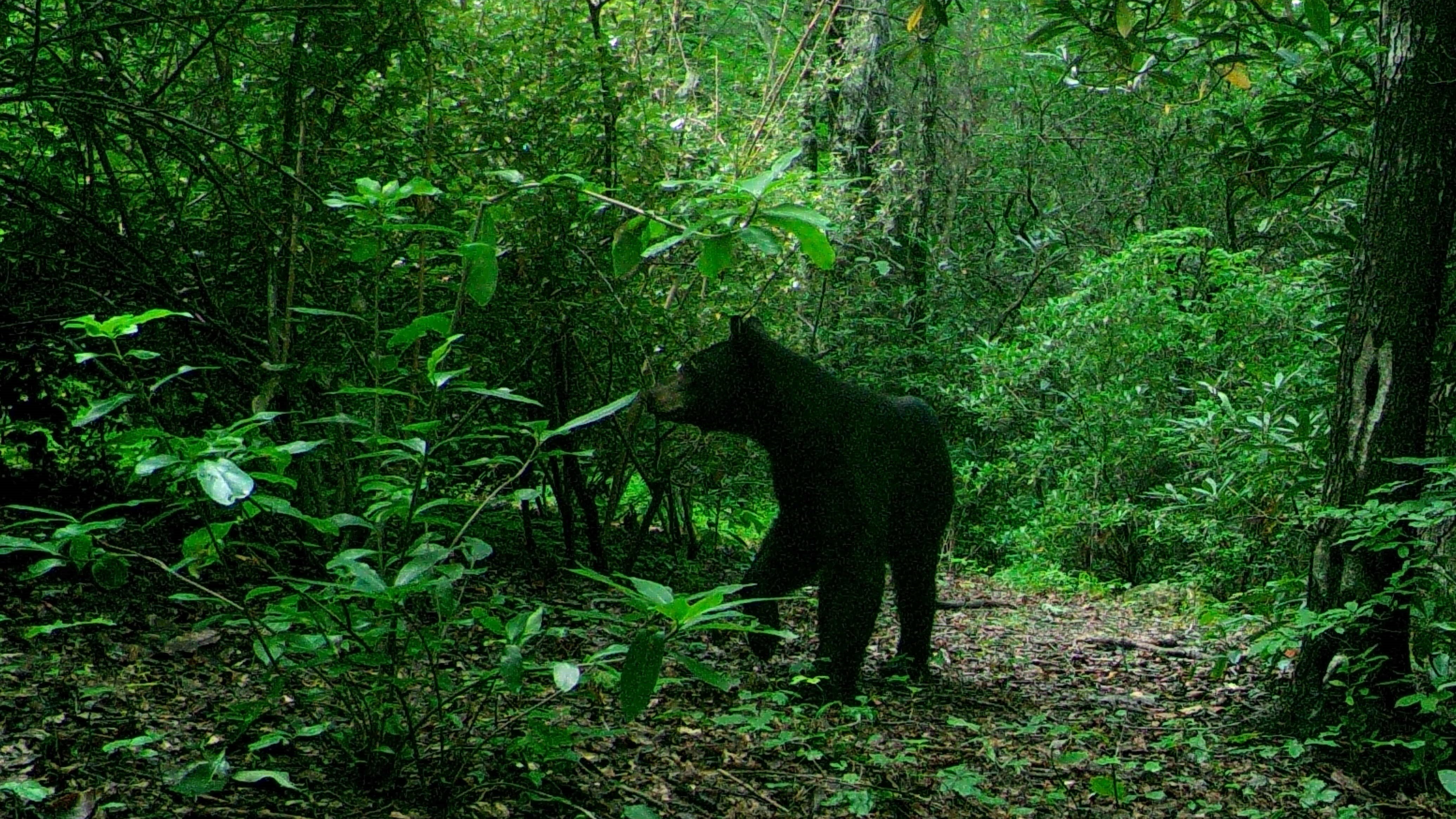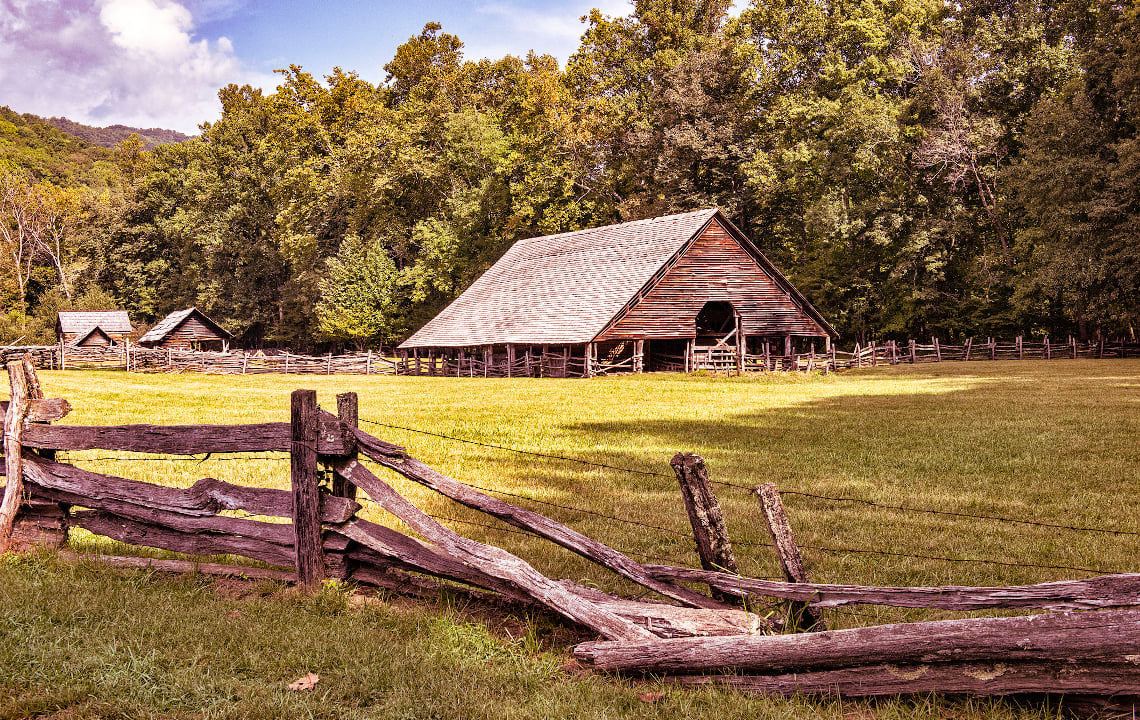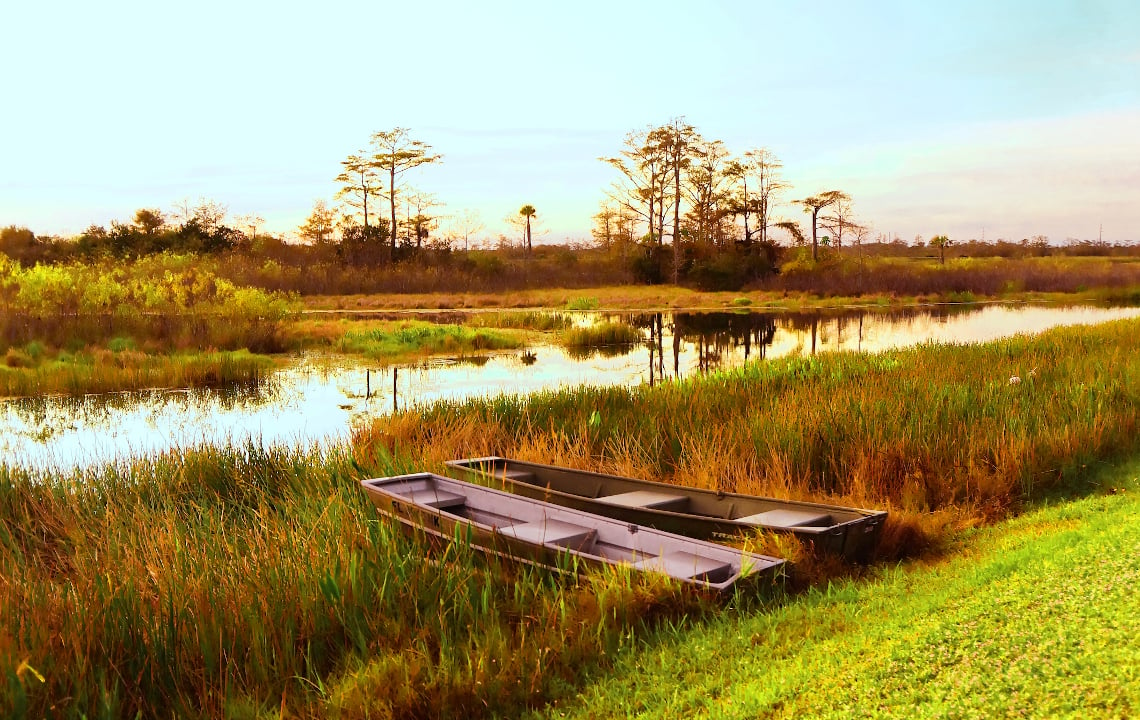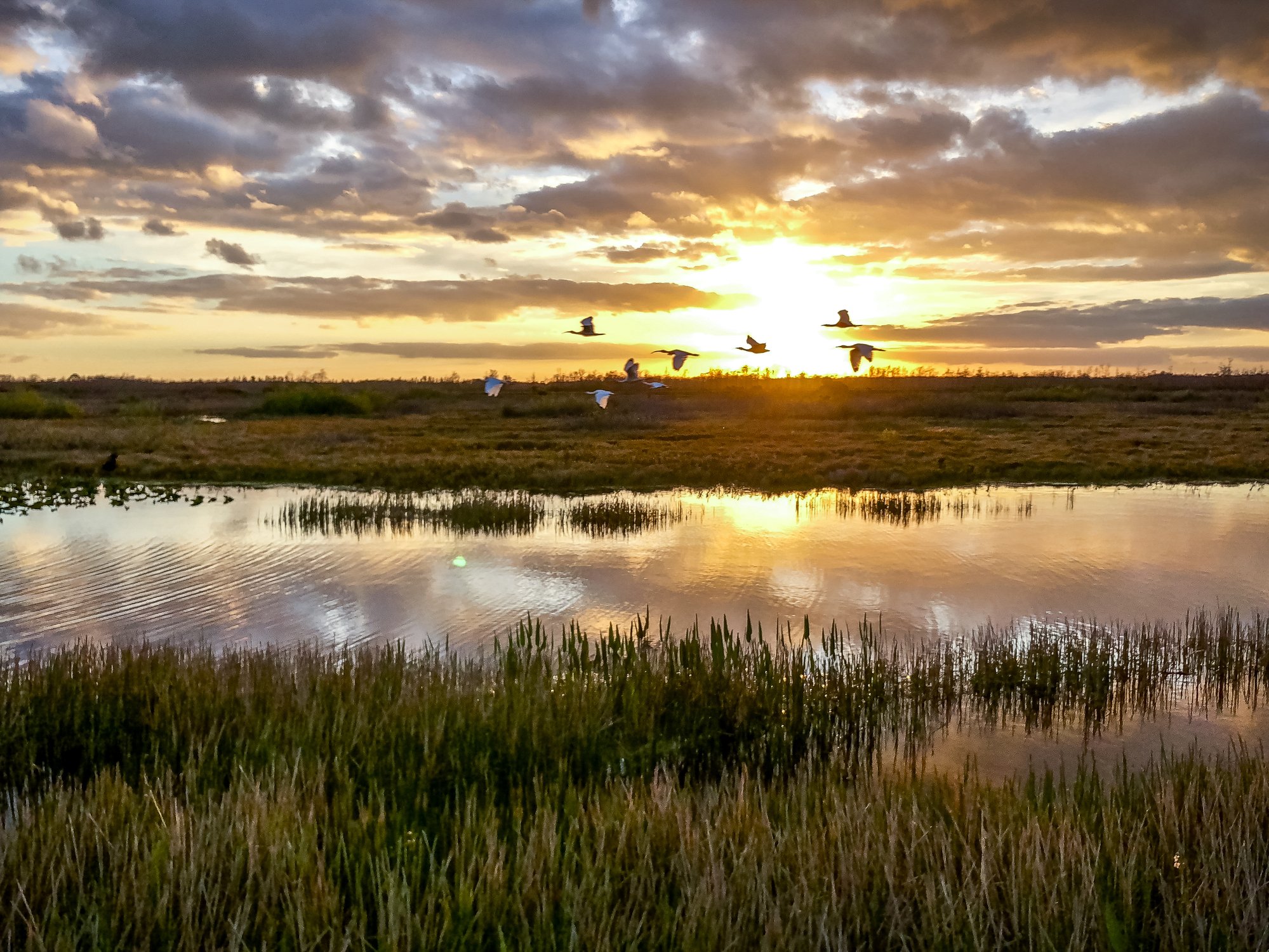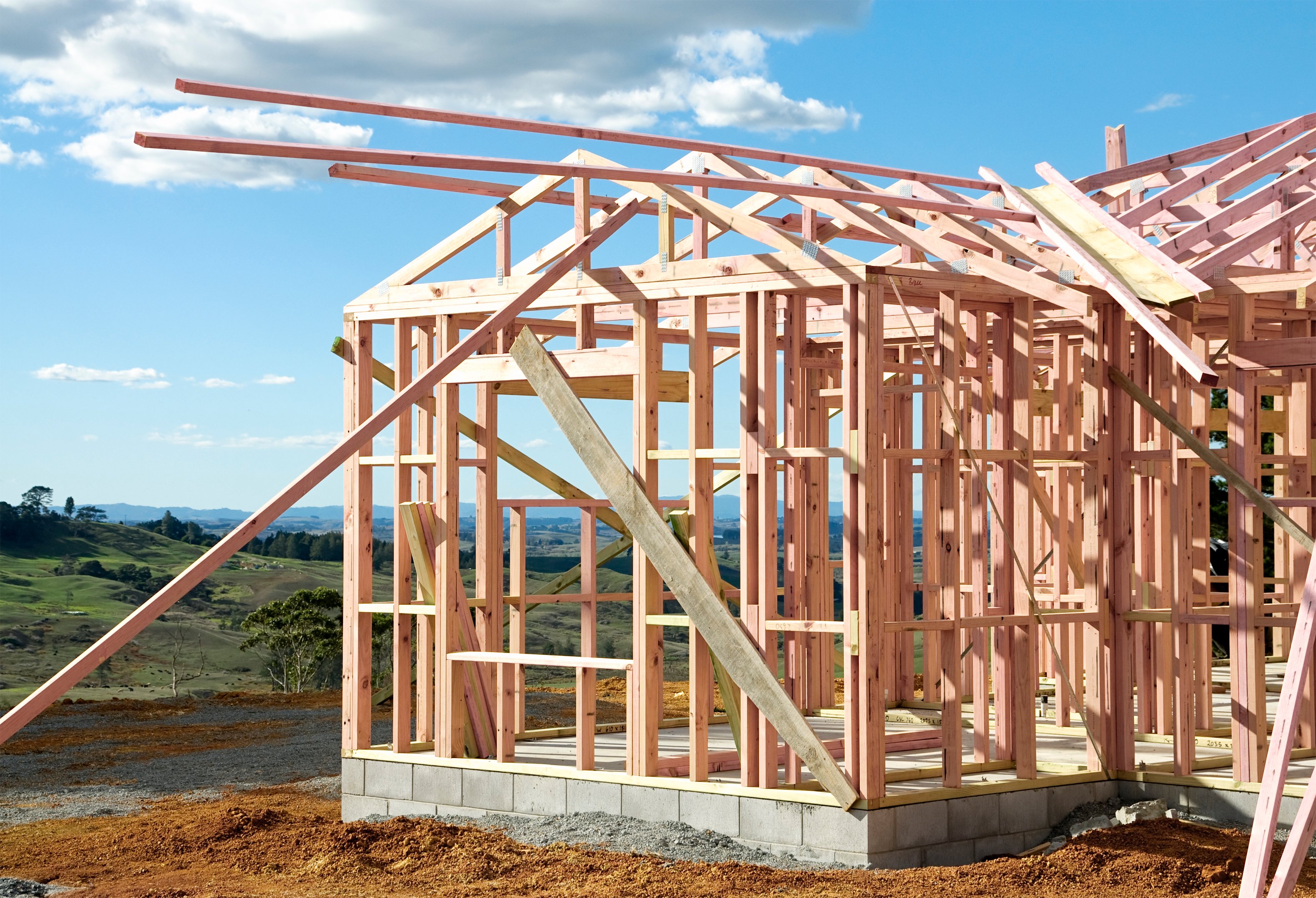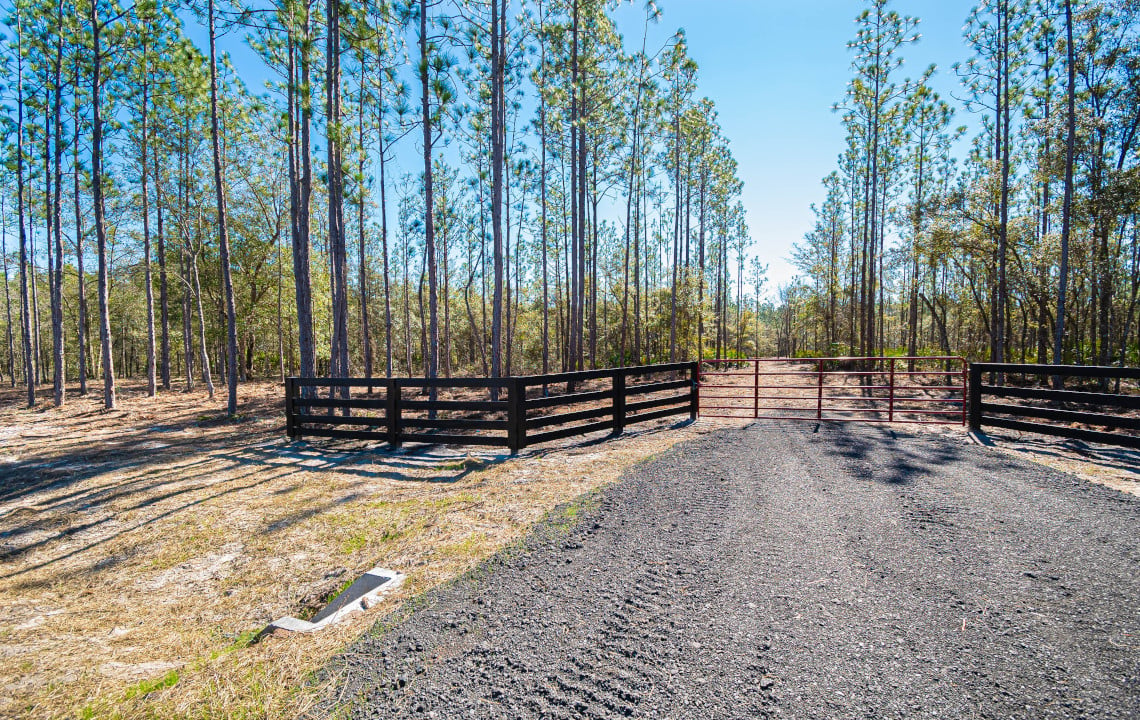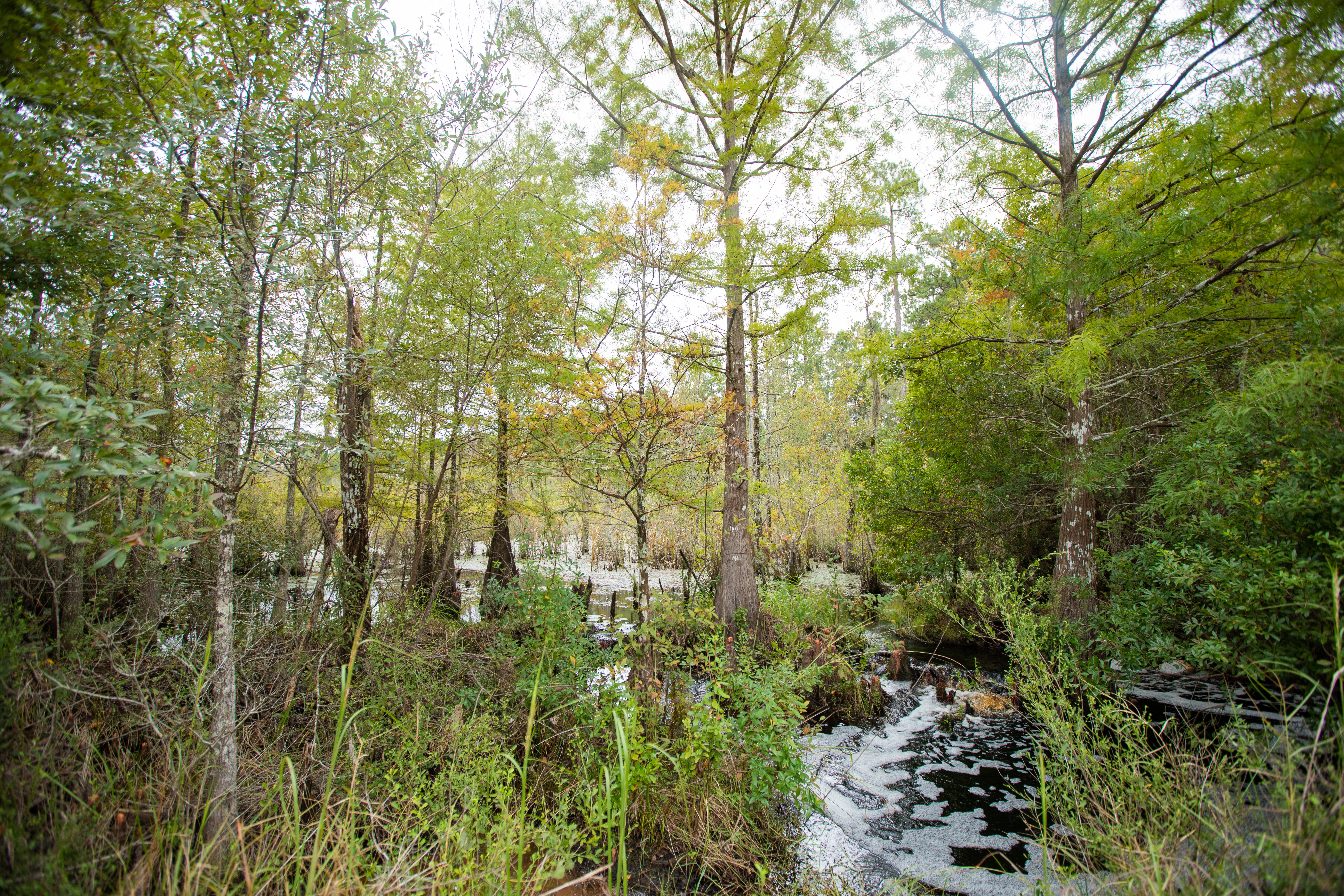Owning rural land affords land owners incredible opportunities for diversification and multiple streams of income.
From hosting private events and agritourism, to setting up cash crops and leasing land, the possibilities for generating income are huge.
One of the newer and more popular ways to make-your-land-work-for-you is hosting tourists in cabins, tiny homes, dedicated houses, RVs, apartments, barndominiums, your spare bedrooms, basement suite or on campsites.
These Airbnb-style rentals can require little effort while generating a handsome return…
…there’s just one problem.
Unless you have an existing structure in place and/or the budget to build or renovate one, the initial start-up costs can be steep.
For example, pre-built tiny homes can easily run you $70,000---before furnishing, clearing a space, setting up plumbing, dealing with permits, etc.
And sure, with a smart marketing plan, some hard work and a good location you can make that back in a few years.BUT, what if there were a less expensive and even more unique hosting option?
One you could have up and running for under $4000, with zero special equipment in about 1-2 weeks?
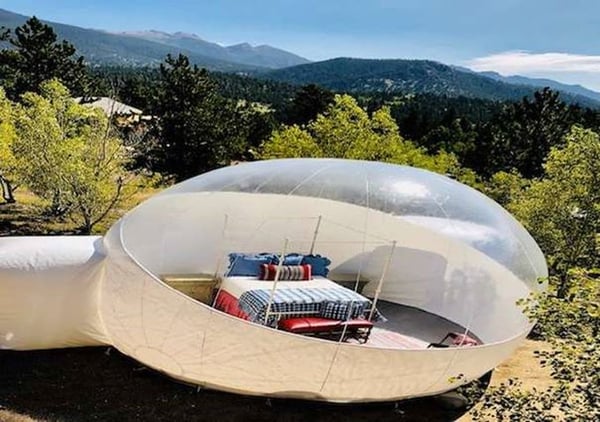
Popular in Europe, these see-through, dome-style tent structures act as an open window to the world, allowing guests to completely immerse themselves in nature while enjoying a unique eco-glamping-style experience.That’s possible with bubble tents.
Imagine camping out under the stars in a spherical transparent tent, and that’s what you get with bubble tents.
But, like all new concepts, bubble tents are just starting to hit the North American tourist scene, which presents an exciting and potentially lucrative opportunity for land owners looking to diversify their income.
To learn more about this new eco-tourism trend, we turned to the makers of Bubble Huts, LLC―an Arizona-based company who makes all their bubble tents right here in the USA.
Senior sales executive and product manager Dean Kaiserman gave us the inside scoop on how Bubble Huts work, why they’re such a good investment, what to look out for when buying a bubble tent, how to set them up for maximum outdoor immersion, privacy and more.
Why Now Could Be The Perfect Time To Start Up A Bubble Tent Vacation Business
Per Kaiserman, the United States has been slow to grab onto this new concept, which has been popular overseas for years.
“It has been proven time and time again in Europe, where bubble tents and eco-tourism have become very popular throughout the last several years.
“We saw this trend coming, so we started designing and developing Bubble Huts, LLC five years ago to help bring this opportunity to the United States market.”
Kaiserman adds that because there are so few bubble tents in the United States, hosts can command higher fees than they do for other glamping-style accommodations:
“Current nightly rates for Bubble Huts range between $149-$200 per-night. But given their uniqueness at this point, hosts can pretty much set the rate they choose.”
Plus, unlike cabins or tiny homes, there are no building permits required to set up these structures. And they offer a one-of-a-kind experience for outdoor enthusiasts.
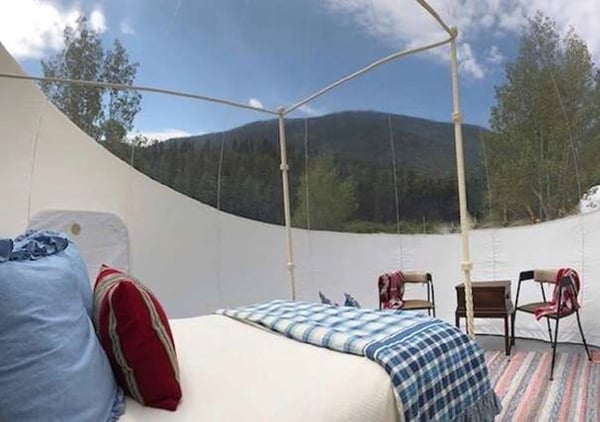
“A lot of people do safari tents for glamping, etc., but bubble tents offer an entirely different feel of being completely immersed in nature…and the star-gazing is incredible!”
The Devil’s In The Details: How Exactly Do Bubble Tent Structures Work?
With any new concept―especially the idea of hosting guests in a see-through bubble tent―come questions about structure, set-up, safety, ease of use, seasonal functionality, maintenance, etc.
Here’s what Bubble Huts, LLC had to say about how their products work and function:
What Are These Structures Made Of?
Bubble Huts are made of commercial-grade, heavy duty materials, all manufactured in their own Arizona facility.
What’s Required To Set Up A Bubble Hut?
As mentioned above, no building permits are required to set up a Bubble Hut, but you do want to secure them on a solid surface.
“We recommend people put their hut on a wooden deck―which is a good way of securing them,” says Kaiserman. “We have grommets that go all around the base, so you’d just take a bolt with a washer and screw it down to the deck. And their round shape is one of the best shapes for wind-resistance.
“They’re inflated using a constant blower [which comes with the tent] that circulates the air and is held up with a static pressure. You don’t hear the blower, and it blows in and exhausts fresh air continuously.”
What Safety Features Do They Have In Case Of Deflation?
Given that the constant blower runs on electricity, deflation can happen in the event of a power outage. According to Kaiserman, this is where it really pays to have a high-quality bubble tent:
“Unlike many of the cheap competitors out there, we designed our tents to be safe in the event of a deflation incident.
“The first thing to know is it takes seven minutes for the structure to fully deflate―so there is plenty of time to evacuate safely.
“Also, the entryways are built with a one-inch aluminum frame---so as you enter the tent you unzip the first zipper and step into that first box, then as you close the first zipper that air inflates that room, but in that transition, you need a frame for that support.
“So, in case the blower was to malfunction due to a power outage, your guests always have a safe exit.”
Additionally, preventative measures such as having a back-up power source are advisable when hosting guests.
How Much Does A Bubble Hut Cost?
Bubble Huts start at $3290 (which includes the Quiet Air Inflation Blower, framing the hut and a one-year warranty). They come in three sizes: 10’, 12’ (the most popular size) and 16’.
What’s The Cost To Maintain The Inflated Bubble Huts?
Kaiserman says the blower uses very little power, “It only uses 3 amps. It’s like a house fan. Some of our customers even operate off solar energy.”
What About Privacy For Guests?
Bubble Huts can be made either completely clear or with an opaque wall for privacy―which is a great choice if you’re hosting several tents within eye-shot of each other, your home or the road.
Some hosts also offer romantic, four-poster curtained canopy beds for added privacy.
Can They Be Heated And Cooled?
“Yes! They can be plumbed for AC and heat. So, it really is a glamping experience if you want it to be,” says Kaiserman.
Can Bubble Tents Be Used Year-Round?
Per Kaiserman, bubble tents are best-used during the mild seasons, like spring, summer and fall:
“Like tents, they do tend to get hot during the day, so it’s a good idea to communicate that with guests.”
For guest comfort, Bubble Huts does not recommend their use during the cold winter months, even if plumbed for heat.
Can They Be Retrofitted With Bathrooms?
“We have seen all kinds of bathrooms being utilized in a bubble tent, anywhere from a composting toilet to a bathroom with running water with a toilet and shower,” says Kaiserman.
What About Maintenance/Cleaning?
There is very little maintenance required. Kaiserman recommends sweeping out the tents with a broom and cleaning the plastic with a steam mop and rag, or just soap and water.
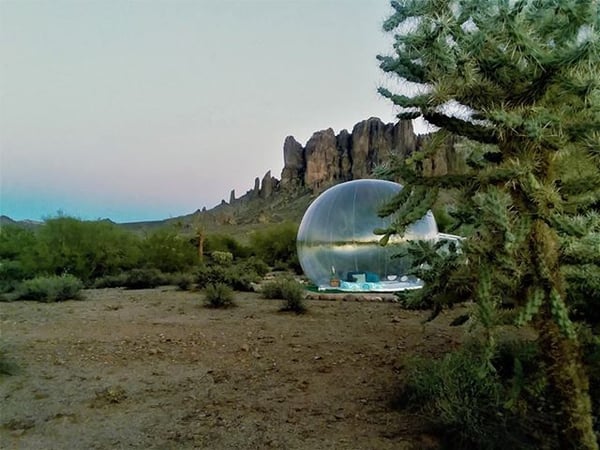
How Soon Can You Expect A Return On Your Investment?
Kaiserman says you have the potential to make your investment back in one month of booked rentals.
Here’s how to crunch the numbers:
-
Determine your start-up costs: the cost of the Bubble Hut, $3290, + shipping + materials to build a deck + the cost of furnishing = start-up costs
-
Determine how many nights per week/month/year you’ll make your tent available―keeping in mind guests will be most comfortable during the milder seasons
-
Figure out what you’ll charge per night (typically $149-$200)
-
*Be sure to subtract out any hosting or credit card fees or the cost of additional insurance
-
Now, take your nightly rate and start playing with the numbers
For example, if you charge $149 per-night it would only take you about 23 booked nights of rentals to cover the cost of the Bubble Hut. If you charged $200 per-night, it would only take about 17 nights of book rentals. Both offer a pretty quick ROI!
For a real-life example of how profitable bubble tent hosting can be, Kaiserman offers this example:
“We have a customer who’s an Airbnb superhost, and her destination is called “Under the stars Bubble Tent Adventures.” She’s making between $4800-$5200 per-month with just one bubble tent.”
Bargain Shoppers Beware: All Bubble Tents Are Not Created Equal In Terms of Safety And Quality
Kaiserman says his company fields calls every day from prospective customers inquiring why a Bubble Hut costs $3290 vs. the $800 models found on many popular shopping sites.
“Unfortunately, the cheaper models are inferior in terms of quality and safety features. Some of the companies even use photos from reputable European manufacturers to pass off as their own---so there’s massive fraud you must be aware of,” he says.
“In terms of safety, for example, many of these tents have no aluminum frame, are made of cheap, flimsy plastic and have only one-sided zippers---so you really have to watch out when ordering a cheaper model.”
What’s the quality difference between a Bubble Hut vs. a Less Expensive Model?
“We are the only U.S. manufacturer of this product, we make everything here in our Phoenix manufacturing facility (except the inflation blowers), and the tents are made of all commercial-grade heavy duty materials―similar to jumper-type material that they use in the jumper industry; and we don’t intend to cheapen up the product.”
Could A Bubble Tent Be The Perfect Income-Generator For Your Rural Land?
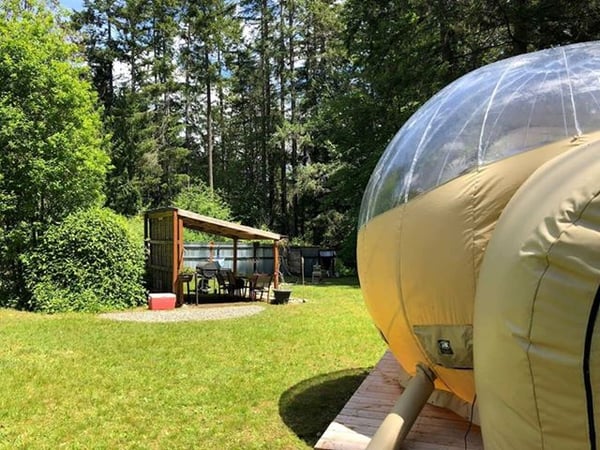
With their inexpensive set-up costs, unique features and proven eco-tourism appeal, bubble tents could be a smart investment for your rural land.
To help decide if this may be right for you, ask yourself the following questions:
-
“Do I enjoy hosting people?”
-
“Do I have the right type of land and space for this?”
-
“Can I float the investment for how ever long it takes to make a profit?”
-
“Do I live in an area that would support this type of eco-tourism venture?”
If so, then a Bubble Tent(s) could be a quick, fun and easy way to diversify and earn extra income from your rural land.
To learn more about Bubble Huts and view photos, success stories and more, visit them online at: www.bubblehuts.com.
All photos courtesy of Bubble Huts.


